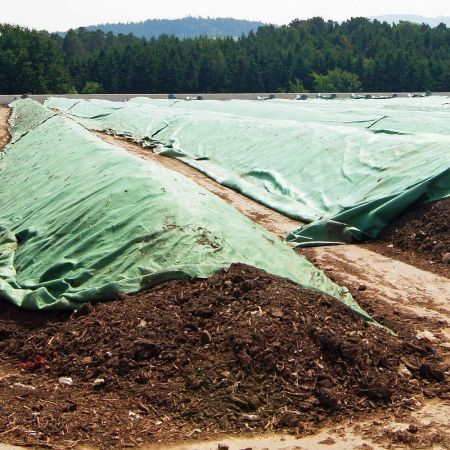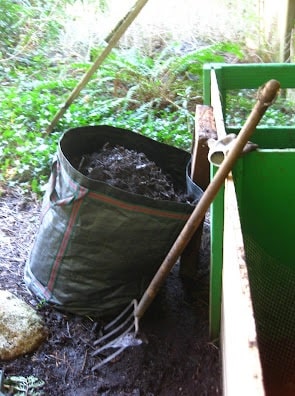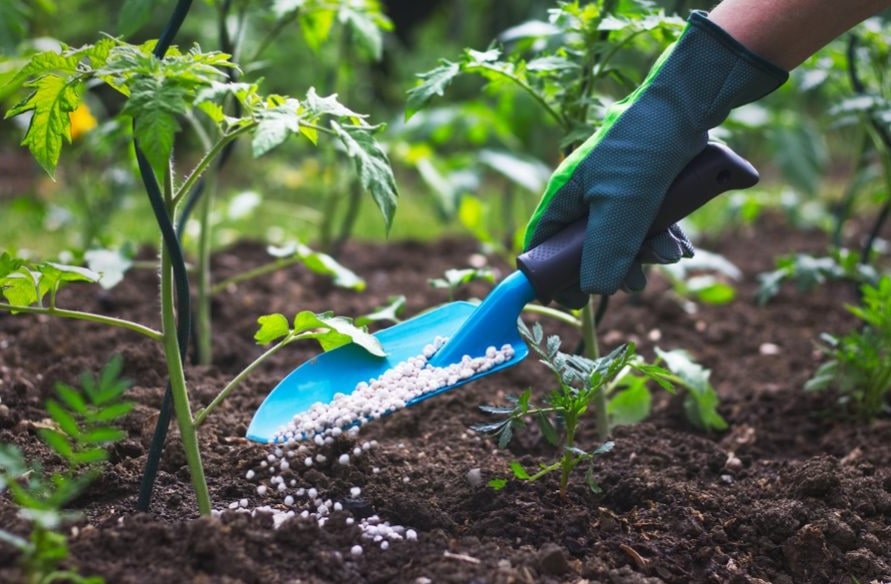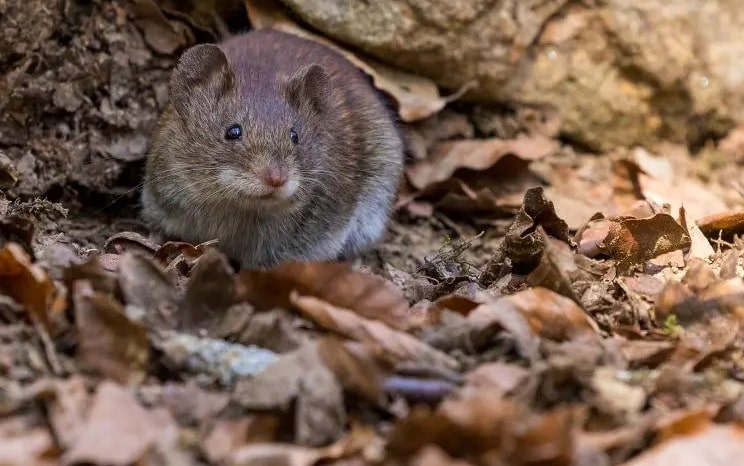ou should cover your compost pile in order to keep the pile moist and to prevent odors.
Covering your compost pile can be done with a tarp, plastic sheet, or a plastic bag. A tarp is best for larger piles that are too big for a bag. The tarp can be secured with rope and stakes to keep it from blowing away.
Composting is a process of decomposing organic waste into the nutrient-rich soil. It is a natural way of recycling and has been around for centuries. Composting is an excellent way to cut down on landfill waste and reduce your carbon footprint.
But how do you know if you should cover your compost?
If you are using a compost bin, it’s probably best to cover it up with a tarp or some other material to keep the compost from drying out too much. This will help speed up the decomposition process, while also keeping the smell down.
If you are using a pile in your backyard, it’s not necessary to cover it up at all. The pile will eventually settle on its own and no longer be exposed to air which could cause an odor
Contents
The Importance of a Cover for Your Compost Pile
A compost bin is a great way to recycle your food scraps and yard waste. But if you’re not careful, it’ll attract animals like raccoons and bears. So it’s important to have a cover for your compost bin.
A compost bin cover will keep the smell from escaping, prevent animals from getting in, and keep rain water out of the pile. There are many different styles of covers that you can choose from depending on what best suits your needs.
A compost cover is important for maintaining the temperature of your compost pile. It also prevents animals from getting into your pile and spreading the compost around.
A compost cover is a necessity for any home with a compost pile. The cover keeps the temperature inside the pile from getting too hot or cold, as well as preventing animals from getting in and spreading out your precious compost.
What is the Best Type of Cover for My Compost Pile?
Compost piles need to be covered for many reasons.
The compost pile needs to be protected from the wind and rain so that the microbes can continue their work. The cover also prevents animals from entering the compost pile and scattering the material.
There are many different types of covers available for compost piles. Some are better than others, but what is best for one person may not be best for another. It all depends on what you need most out of your compost pile cover and what type of environment it will be used in.
There are many different types of compost covers on the market. Some are made from natural materials like straw or hay and others are made from plastic or metal. The best type of cover for your compost pile depends on what you need it for.
In order to make composting as effective as possible, you need to have the right type of cover on top of your pile. There are many different types of covers that can be used, and it is important to choose the one that will work best for your compost pile.
How to Choose the Right Size Cover for My Compost Pile?
Choosing the right size compost pile can be challenging. The following are some considerations to help you make the right decision.
1) Size of the Compost Pile
Compost piles should be at least 3 feet high and 3 feet wide. This size provides enough surface area for composting to occur and it also helps in controlling odor. But if you have a smaller yard, then you can go with a smaller size compost pile.
2) Area of Yard
If your yard is large enough, then you will need to consider how much space your compost will take up in relation to the rest of your yard or garden. If there is not much space left, then it might be best to purchase a larger size bin that will fit neatly in one corner of your yard or garden and not take
Compost bins are available in many different sizes. Choosing the right size is important because it will depend on how much compost you want to make and how often you’ll be adding materials to your pile.
The following table provides some of the most common compost bin sizes, along with their square footage.
– Small: 1-2 sq ft
– Medium: 3-4 sq ft
– Large: 5+ sq ft









